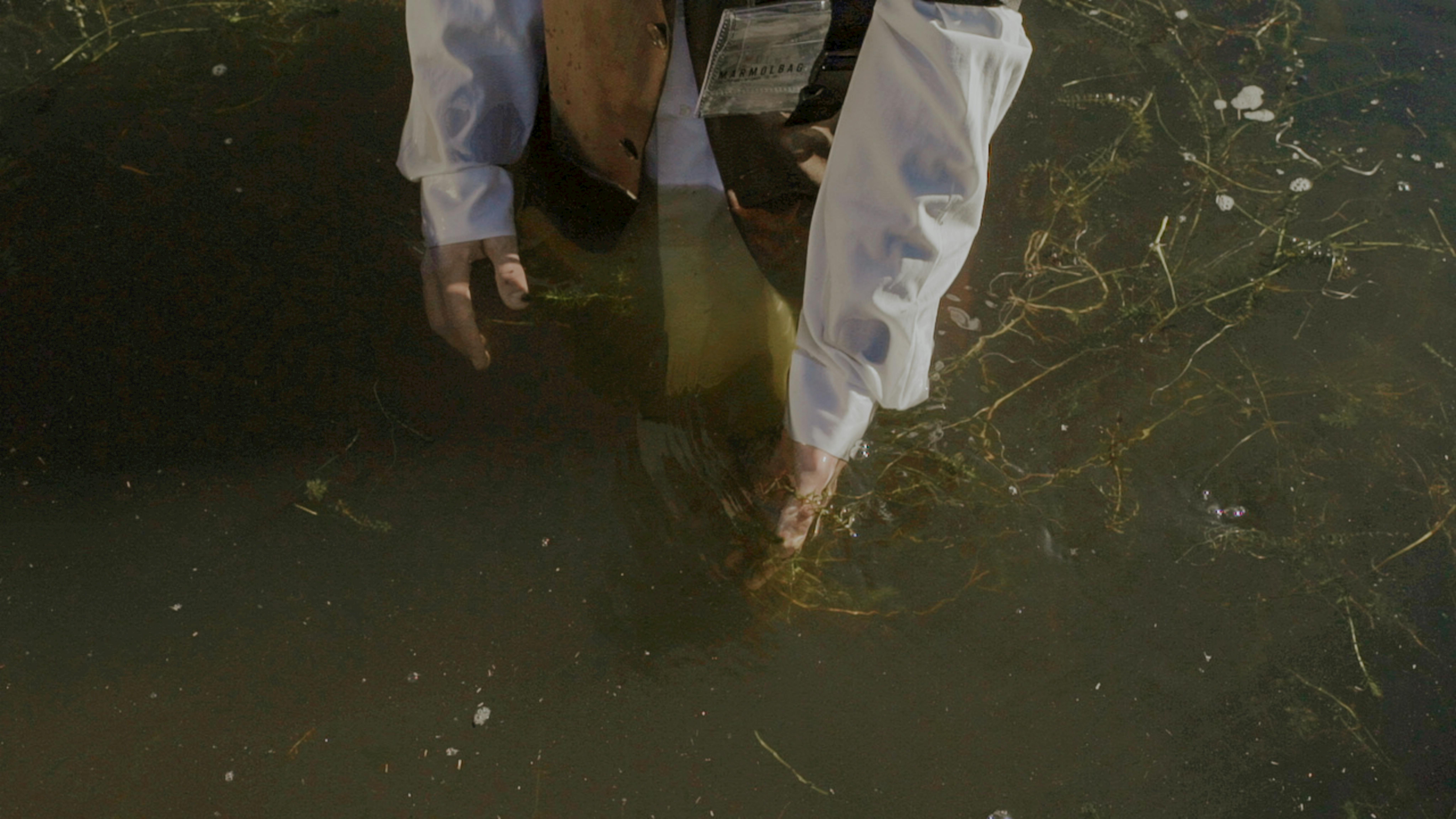A landmark report has shed light on the economic value of Women’s Health Services to Victoria, underscoring the critical need for sustained government funding beyond 2023-24.
Conducted by Impact Economics and Policy, the Return on Equity – Health and economic dividends from investing in Women’s Health Services Report reveals the long-term economic benefits of investing in women’s health, from reducing cost pressures on the healthcare system to improving workforce participation.
The report found that Women’s Health Services have directly and indirectly contributed to Victoria’s superior performance across a range of outcomes, with significant benefits to the economy and health system:
LESS WOMEN EXPERIENCING VIOLENCE
Almost 22,000 fewer women experienced physical and/or sexual violence each year because of Victoria’s lower prevalence of violence against women than the national average. This has resulted in economic cost savings of $600 million a year. The cost savings over a lifetime are almost $8 billion.
FEWER TEENAGE PREGNANCIES
There were over 500 fewer teenage mothers in Victoria in 2021 because of Victoria’s lower rates of teenage pregnancy than the national average.
HEALTHCARE COST SAVINGS
Healthcare costs of $1.4 million have been saved in 2022 because of Victoria’s lower rates of three sexually transmitted infections (chlamydia, gonorrhoea, and syphilis) among women. By promoting early detection and prevention, women’s health services reduce the financial burden on the healthcare system and mitigate the costs associated with treating advanced health conditions. This approach not only benefits women but also eases the strain on healthcare budgets.
MENTAL HEALTH BENEFITS
While rates of mental ill-health are influenced by a wide range of factors, actions that prevent long-term mental ill-health would have annual benefits of about $100,000 per person. Even a 0.5% reduction in the number of women suffering long-term mental ill-health would have economic benefits of $178 million.
Since 1987, Victoria has benefited from the work of Women’s Health Services. This network of 12 locally based and state-wide community health organisations delivers globally recognised best-practice women’s health models to address gender inequality, providing better health and wellbeing for women and girls across the state.
Prior to the 2022-23 Victorian Budget, the Women’s Health Services had not received a real increase in their core funding in almost 35 years. This meant that funding steadily declined from $4.35 per woman to just $2.07 per woman.
In 2022-23, their collective funding almost doubled to just over $20 million a year, which opened new opportunities to respond to local needs, support targeted interventions to vulnerable groups, strengthen partnerships and implement state-wide policies.
This funding is set to expire at the end of 2023-24. Without ongoing investment, the gains made will be at risk.
THE CALL TO ACTION
To safeguard the progress and benefits generated by Women’s Health Services, it is imperative to maintain funding in the 2024-25 Victorian Budget. The 2024-25 Victorian Budget could lock in the current level of Women’s Health Service funding and make it permanent.
The work of Women’s Health Services does not just benefit women. It delivers significant benefits for all Victorians, through fostering more inclusive communities, reducing cost pressures on the health care system, and improving workforce participation. The solution is clear: invest in the future and continue the fight against gender inequality.
Quotes:
“We have demonstrated and calculated the benefits of investing in health equity and prevention through the work of the women’s health services. With the recent uplift in investment at Women’s Health Loddon Mallee we have reached more women, engaged in more partnerships, listened to diverse experiences, delivered more activities, enabled women to rise above the impact of flood , heard their stories, broken the silence on women’s health and grown the workforce. An ongoing investment in the Women’s Health services is an investment with significant returns for the women in our region.”
Tricia Currie, Chief Executive Officer, Womens Health Loddon Mallee
“Women’s Health Goulburn North East works with and for women across a large chunk of regional Victoria. Our communities are as diverse as the needs and hopes of each woman. From those running agricultural businesses, to office-workers and fruit-pickers, women in rural towns of 20 people to those in cities of over 25,000 our communities need their voices heard. We have been able to extend our reach over the past 18 months and bring more women’s voices to the attention of the media and our policymakers. This is critical for ensuring women in our region are able to live their best lives.”
Amanda Kelly, Chief Executive Officer, Women’s Health Goulburn North East
“Women in the south-east of Melbourne can only be supported through an equitable health system and that does not happen alone. It requires expertise and close knowledge of the region that centres the lived experience of women. We have been able to do so much already with the boosted funding in 2022 – employ women, deliver more services, generate outcomes – let’s not go backwards now.”
Kit McMahon, Chief Executive Officer, Women’s Health in the South East
“The need to invest in an equitable health system that responds to the needs of women in both urban and rural areas is greater than ever. The immediate and long-term value of the 2022 funding boost is clear. It has enabled the women’s health sector to achieve real change for women and, with continued investment, we can continue this vital work.”
Sarah Wood, Acting Regional Manager, Women’s Health & Wellbeing Barwon South West
“Advancing women’s health and gender equality demands sustained investment and persistent action to bring about meaningful change in Melbourne’s east and across our state. The Women’s Health Sector offers a cost-effective solution for preventing poor health outcomes in women and girls.”
Elly Taylor, Chief Executive Officer, Women’s Health East
“The ability to extend the reach and depth of our programs and activities across the Grampians has been welcomed by women in communities all across the region especially in remote rural parts where women feel most isolated and unsupported by services. Most importantly, the funding uplift has enabled us to genuinely strengthen our intersectional lens, bringing marginalised voices and issues to the fore in a meaningful, respectful way.”
Marianne Hendron, Chief Executive Officer, Women’s Health Grampians
“Our demonstrated value is immense- both economically and socially. Without ongoing sustained funding, Women’s Health Services will be forced to operate on the funding levels of 36 years ago. Society – and public health needs – are vastly different now. 1988 population levels are incomparable to current growth and community need. Victoria’s hard-fought gains in gender equity progress must continue with an investment that delivers exceptional return on investment.”
Dale Wakefield, Chief Executive Officer, GenWest
“As migrant and refugee women, we represent 1 in 3 women in Australia. Yet, our experiences of accessing healthcare are far from equal. Structural and systemic barriers mean that we continue to witness lower levels of access to health services which leads to poorer health outcomes for migrant and refugee women than the general Victorian population.
A sustained investment into prevention and early intervention will ensure that migrant and refugee women and gender diverse people are empowered to take early action on their health, their wellbeing and their safety, rather than being pushed to the point of crisis. Prevention and early intervention alleviate the stress on Victoria’s health system, and crucially, makes the health system equitable for migrant and refugee women and gender diverse people at the same time.”
Dr Adele Murdolo, Executive Director of Multicultural Centre of Women’s Health.








